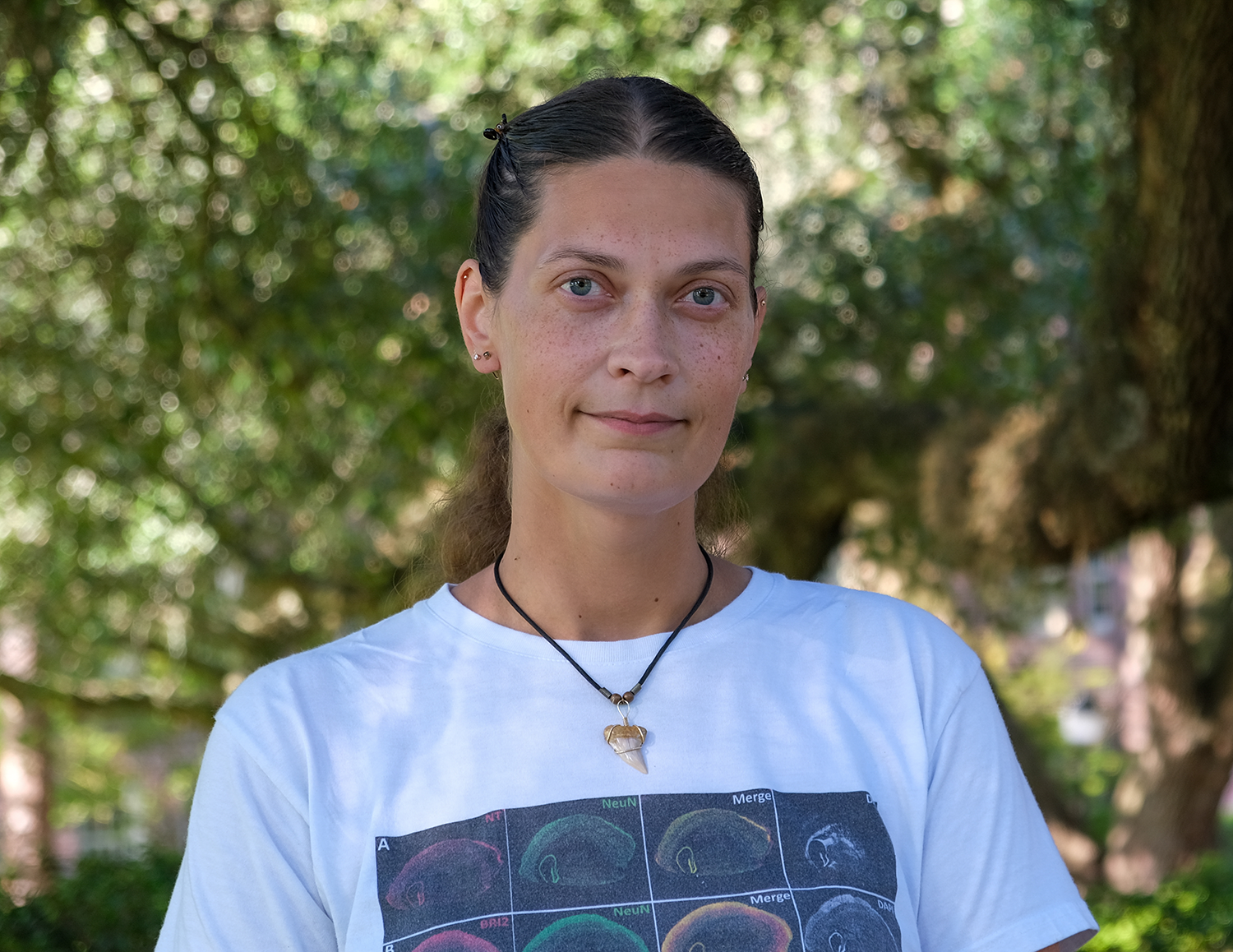UROP Research Mentor Project Submission Portal: Submission #1252
Submission information
Submission Number: 1252
Submission ID: 20856
Submission UUID: 884976b1-c250-405a-844e-31ceffaec069
Submission URI: /urop-research-mentor-project-submission-portal
Submission Update: /urop-research-mentor-project-submission-portal?token=zIXymImngBhwOvtUH3c3ydIcS7XmUzpeSqbKq6xcWIU
Created: Mon, 08/18/2025 - 03:01 PM
Completed: Mon, 08/18/2025 - 03:01 PM
Changed: Wed, 09/24/2025 - 10:43 AM
Remote IP address: 144.174.214.17
Submitted by: Anonymous
Language: English
Is draft: No
Webform: UROP Project Proposal Portal
Submitted to: UROP Research Mentor Project Submission Portal
Research Mentor Information
Helene Tigro
she, her
Dr.
Post Doc
Education, Health, and Human Sciences
Department of Health, Nutrition and Food Sciences

Additional Research Mentor(s)
Overall Project Details
Evaluating the impact of phosphorylation-induced conformational alterations in the α-actinin2 actin-binding domain on actin filament sliding velocity using in vitro motility assays
Computational Science, Bioengineering and biomedical engineering, Biological Sciences, Biochemistry, Sarcomeric proteins, Recombinant proteins, Protein chemistry, Binding kinetics, Protein-protein interactions, Actin-binding proteins, post-translational m
No
1
Computational Biology, Bioengineering and Biomedical engineering
On FSU Main Campus
{Empty}
In-person
10 hours
During business hours
α-Actinin2, encoded by ACTN2, is a key cross-linker of F-actin and titin within cardiac Z-discs, maintaining sarcomere architecture and mechanical integrity. Phosphoproteomic studies have identified multiple phosphorylation sites—including T43, S50, S147, and T237 in the actin-binding domain (ABD)—that likely regulate its function. Mechanical stress enhances phosphorylation at these residues, particularly within the ABD CH1–CH2 interface, which we have shown in computational simulations shifts the ABD from a closed to an open, more active conformation. Phosphorylation introduces negative charges that modulate local electrostatics and destabilize the autoinhibited state. We propose that the phosphorylation-induced opening of the ABD enhances F-actin binding. This project will experimentally test how these modifications of α-actinin2 ABD affect F-actin binding, and actomyosin contractile mechanism, using in vitro motility assays. The larger aim is to define the molecular mechanisms by which phosphorylation preserves sarcomeric integrity and informs therapeutic strategies for heart disease.
Looking for an engineering student - designing PDMS well chamber (engineer/bioengineer/chem engineer. This can be done remotely, off-campus).
The student would be designing and producing a PDMS well chamber similar to this https://www.thingiverse.com/thing:4902091 that would then be used to immobilize fluorescently-labelled actin, myosin, and α-actinin-2 WT and phospho-mimetic variants, to evaluate the dragging forces of the actomyosin. This assay represents a simplified model of muscle force and motion generation.
In addition, the engineering student will work on equation modeling for loaded in vitro motility assay. Will use MATLAB or R for modeling this equation from Geenberg et al 2011, and Plot digitizer to get generic data from Fig 3-5 from Greenberg et al 2011. PLot DIgitizer: https://plotdigitizer.com/app
Second student (has been found) - run assay on α-actinin2 full-length phospho-mutants and ABD phospho-mutants (this will be done in the lab, on campus). Actin extraction and purification from pig hearts, myosin extraction and purification from pig hearts, recombinant human α-actinin2 phospho-mimetic mutant expression and purification, gel-electrophoresis (SDS-PAGE), microscopy, statistical analysis and graph illustrating.
The student would be designing and producing a PDMS well chamber similar to this https://www.thingiverse.com/thing:4902091 that would then be used to immobilize fluorescently-labelled actin, myosin, and α-actinin-2 WT and phospho-mimetic variants, to evaluate the dragging forces of the actomyosin. This assay represents a simplified model of muscle force and motion generation.
In addition, the engineering student will work on equation modeling for loaded in vitro motility assay. Will use MATLAB or R for modeling this equation from Geenberg et al 2011, and Plot digitizer to get generic data from Fig 3-5 from Greenberg et al 2011. PLot DIgitizer: https://plotdigitizer.com/app
Second student (has been found) - run assay on α-actinin2 full-length phospho-mutants and ABD phospho-mutants (this will be done in the lab, on campus). Actin extraction and purification from pig hearts, myosin extraction and purification from pig hearts, recombinant human α-actinin2 phospho-mimetic mutant expression and purification, gel-electrophoresis (SDS-PAGE), microscopy, statistical analysis and graph illustrating.
Good theoretical understanding of chemistry and biology. Experience with statistical software and data analysis. Skilled in critical thinking. Willing to and motivated to learn new techniques. Good mathematical skills. Punctuality and responsibility.
As a postdoctoral researcher, I see mentorship as both a responsibility and a privilege, an opportunity to guide emerging scientists while actively contributing to their professional growth. I work side-by-side with mentees in the lab, sharing technical expertise, experimental strategies, and problem-solving approaches that I’ve refined through my own training. My goal is to help them build strong scientific foundations, think critically, and gain the confidence to design and execute independent research. I foster an inclusive, collaborative environment where questions are encouraged, mistakes are learning opportunities, and diverse perspectives strengthen our science.
https://solislab.create.fsu.edu/
https://www.linkedin.com/in/helene-tigro-656130282
No
{Empty}
UROP Program Elements
Yes
Yes
Yes
Yes
{Empty}
2025

